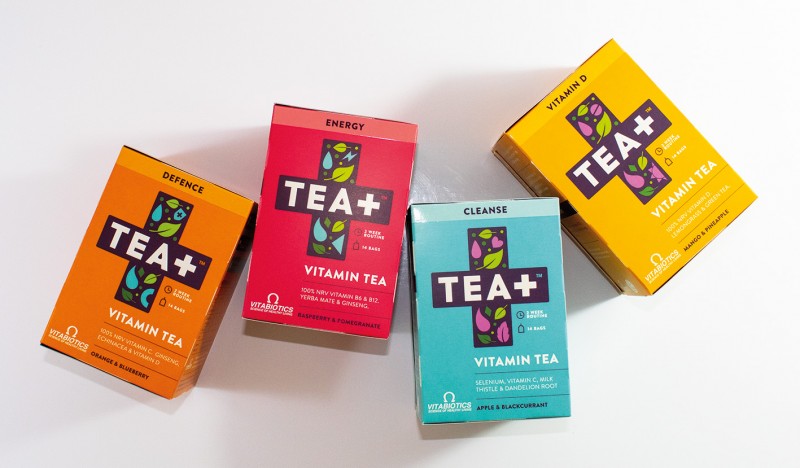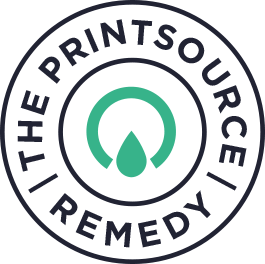One of the key factors to focus on while growing your brand is managing your cash flow effectively. Mastering the art of cash flow is essential for sustaining growth and ensuring long-term success. In this article, we will share five essential tips that can help you sustainably scale your independent food brand.
By following these essential tips, you can master the art of cash flow and sustainably scale your independent food brand. Achieving a healthy cash flow is crucial for driving growth and ensuring long-term success in the competitive food industry. So let’s dive in and explore these tips in detail!
Implementing effective invoicing and payment systems
Mastering the art of cash flow is essential for sustaining growth and ensuring long-term success for your independent food brand. By establishing a practical budget, diversifying your revenue streams, implementing effective inventory management practices, maintaining strong relationships with suppliers, and utilising technology and automation tools, you can optimise your cash flow and sustainably scale your business. Remember, achieving a healthy cash flow is crucial for driving growth and ensuring long-term success in the competitive food industry. Take control of your cash flow, and watch your independent food brand flourish.
Managing inventory and suppliers to optimise cash flow
Establishing a smooth and efficient invoicing and payment system is crucial for managing your cash flow effectively. By implementing best practices in this area, you can ensure that your customers pay on time, reducing the risk of cash flow problems.
To start, it’s important to clearly outline your payment terms and conditions. Clearly communicate your expectations regarding due dates, late payment penalties, and any other relevant details. Additionally, consider offering incentives for early payment, such as discounts or rewards. This can encourage customers to settle their invoices promptly.
Another key aspect of an effective invoicing system is to automate the process as much as possible. Utilise accounting software or online invoicing platforms that allow you to create and send professional-looking invoices with ease. These platforms often offer features like automatic reminders for overdue payments, making it easier to stay on top of your accounts receivable.
Lastly, consider offering multiple payment options to your customers, such as credit card, bank transfer, or even mobile payment apps. This flexibility makes it more convenient for customers to pay and increases the chances of receiving payments on time.
By implementing these practices, you can ensure a steady cash flow and minimise the risk of late payments or unpaid invoices.
Minimising expenses and maximising profitability
Efficient inventory management is crucial for independent food brands to maintain a healthy cash flow. Overstocking or running out of popular items can have a significant impact on your bottom line. By implementing effective inventory management practices, you can strike the right balance and optimise your cash flow.
Start by closely monitoring your sales data and analysing trends. This will help you make informed decisions about which products to stock up on and which ones to reduce or eliminate. By accurately forecasting demand, you can avoid tying up too much capital in excess inventory or losing sales due to stockouts.
Additionally, establish strong relationships with your suppliers. Negotiate favorable terms, such as longer payment terms or bulk discounts, which can help improve your cash flow. Regularly review your supplier agreements to ensure you are getting the best possible deals.
Consider implementing just-in-time inventory management, where you receive inventory only when it is needed, rather than keeping large quantities on hand. This approach can help you reduce storage costs and minimise the risk of spoilage or obsolescence.
Finally, explore the option of dropshipping for certain products. This means that your suppliers will ship products directly to your customers, eliminating the need for you to carry inventory. This can be a cost-effective solution, especially for products with low demand or high seasonality.
By effectively managing your inventory and suppliers, you can optimise your cash flow and ensure that you have the right products at the right time, without tying up unnecessary capital.
Building strong relationships with customers and suppliers
To sustainably scale your independent food brand, it’s important to closely monitor your expenses and maximise your profitability. By minimising unnecessary costs and finding ways to increase your margins, you can improve your cash flow and invest in growth opportunities.
Start by conducting a thorough review of your expenses. Identify areas where you can cut costs without compromising on quality or customer experience. For example, negotiate better deals with your suppliers, explore alternative packaging solutions, or optimise your production processes to reduce waste.
Consider outsourcing certain tasks or functions that can be done more cost-effectively by external experts. This can help you reduce overhead costs and free up resources that can be invested in other areas of your business.
Additionally, regularly review your pricing strategy to ensure that you are maximising your profitability. Conduct market research to understand your competitors’ pricing and positioning. Adjust your prices accordingly, taking into consideration factors like product quality, uniqueness, and customer demand.
Focus on building strong relationships with your customers and providing exceptional customer service. Happy customers are more likely to become loyal, repeat buyers, which can increase your sales and profitability in the long run. Consider implementing loyalty programs or offering personalised discounts to encourage customer loyalty.
By minimising expenses and maximising profitability, you can generate a healthier cash flow and create a solid foundation for sustainable growth.

Utilising technology and tools to streamline cash flow management
Strong relationships with both your customers and suppliers can have a significant impact on your cash flow. By nurturing these relationships, you can improve payment terms, negotiate better deals, and create a loyal customer base that supports your business.
Start by providing excellent customer service. Respond promptly to inquiries or issues, and go above and beyond to exceed your customers’ expectations. By building a reputation for exceptional service, you can attract and retain loyal customers who are more likely to pay on time.
Regularly communicate with your customers to keep them informed about new products, promotions, or any changes in your business. This can help maintain their interest and engagement, increasing the likelihood of repeat purchases.
Similarly, maintaining strong relationships with your suppliers is crucial for managing your cash flow effectively. Regularly communicate with them to understand their needs and challenges. By demonstrating your commitment to the partnership, you can negotiate better payment terms or discounts, which can positively impact your cash flow.
Consider establishing strategic partnerships with other businesses in your industry. This can help you leverage each other’s customer base and resources, reducing marketing costs and increasing sales opportunities. Collaborating with complementary brands can also help you expand your product offering and attract new customers.
By building strong relationships with your customers and suppliers, you can create a supportive network that contributes to the sustainable growth of your independent food brand.
Conclusion: Taking control of your cash flow for sustainable growth
In today’s digital age, technology offers numerous tools and solutions to streamline cash flow management for independent food brands. By leveraging these tools, you can automate repetitive tasks, improve financial efficiency, and gain better visibility into your cash flow.
Start by implementing cloud-based accounting software that allows you to manage your finances from anywhere, at any time. These platforms offer features like automated invoicing, expense tracking, and real-time reporting, making it easier to stay on top of your cash flow.
Consider integrating your accounting software with your inventory management system. This can provide you with real-time data on inventory levels, sales, and profitability, allowing you to make informed decisions about purchasing and pricing.
Explore payment processing solutions that offer features like recurring billing or automatic payment reminders. This can help you streamline your invoicing process and increase the chances of receiving payments on time.
Additionally, utilise data analytics tools to gain insights into your cash flow patterns. By analysing historical data, you can identify trends, anticipate cash flow gaps, and make proactive adjustments to your operations or pricing strategy.
Lastly, consider utilising cash flow forecasting tools. These tools use historical data and predictive algorithms to forecast your future cash flow, helping you anticipate potential challenges and plan accordingly.
By embracing technology and leveraging the right tools, you can streamline your cash flow management processes, improve financial efficiency, and ultimately, drive sustainable growth for your independent food brand.




